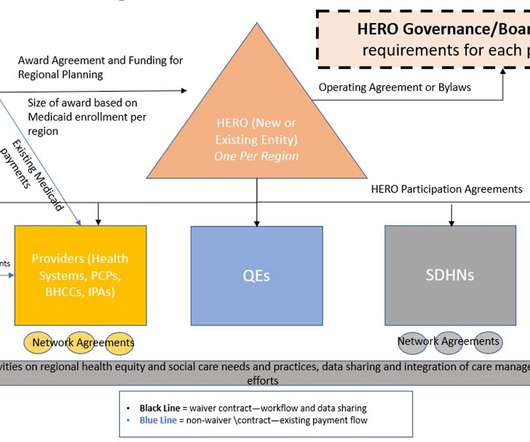Aledade Secures $260 Million Series F Financing Round to Expand and Enhance Services for its Nationwide Network of Primary Care Practices
Healthcare IT Today
JULY 10, 2023
Company Adds Two Board Members and a Senior Executive to Lead its Medicare Advantage Business Aledade , the largest network of independent primary care practices in the country, today announced the closing of a $260 million Series F funding round to enhance and acquire services and technology to support its practices.













Let's personalize your content